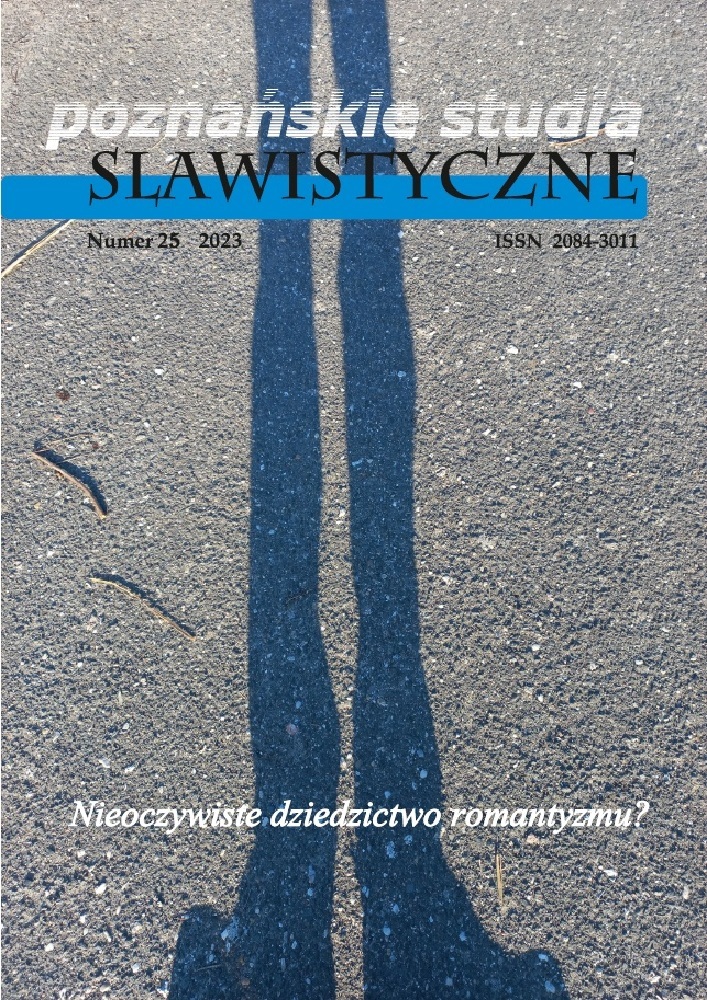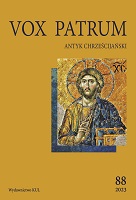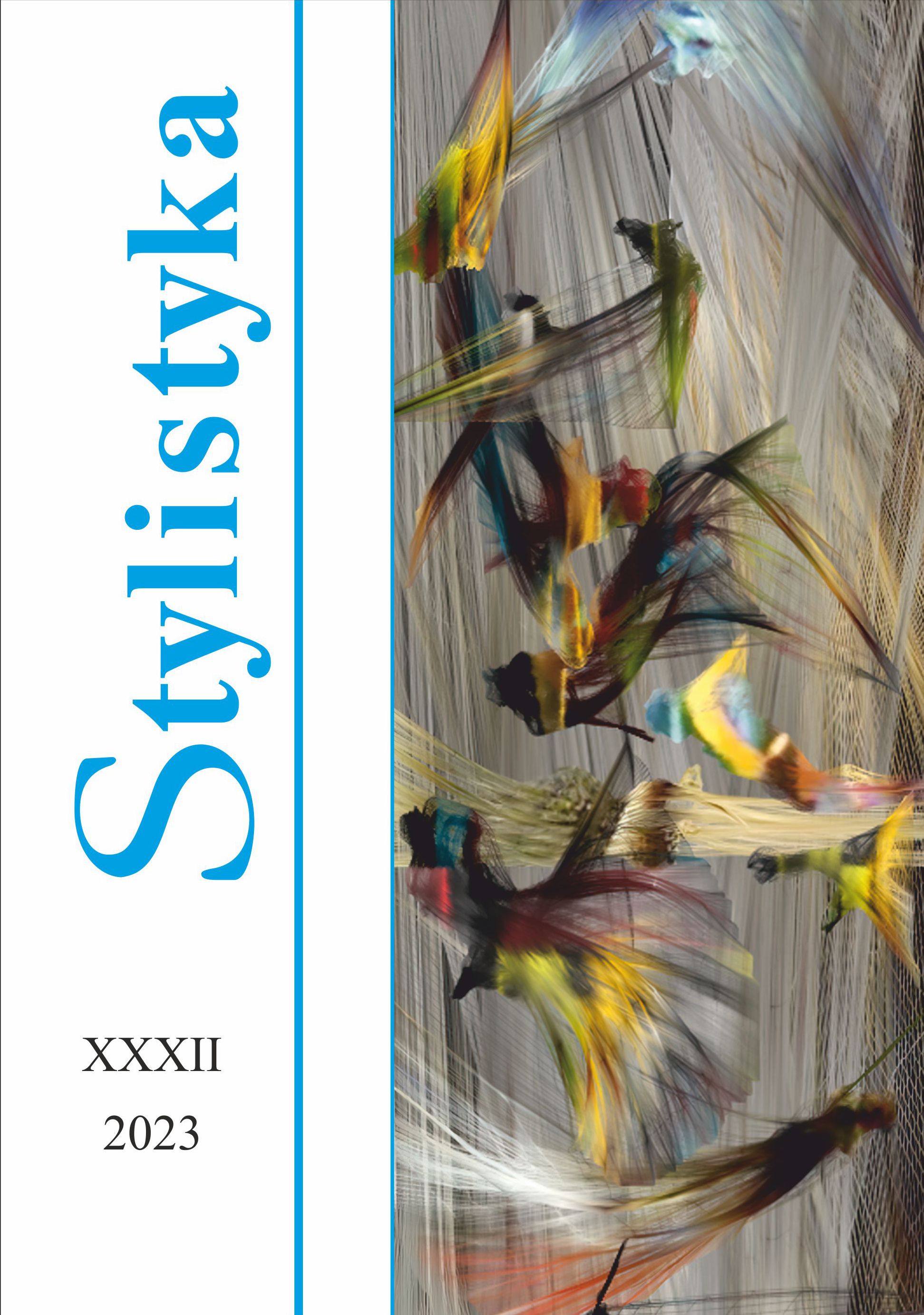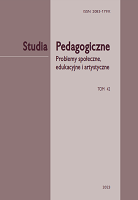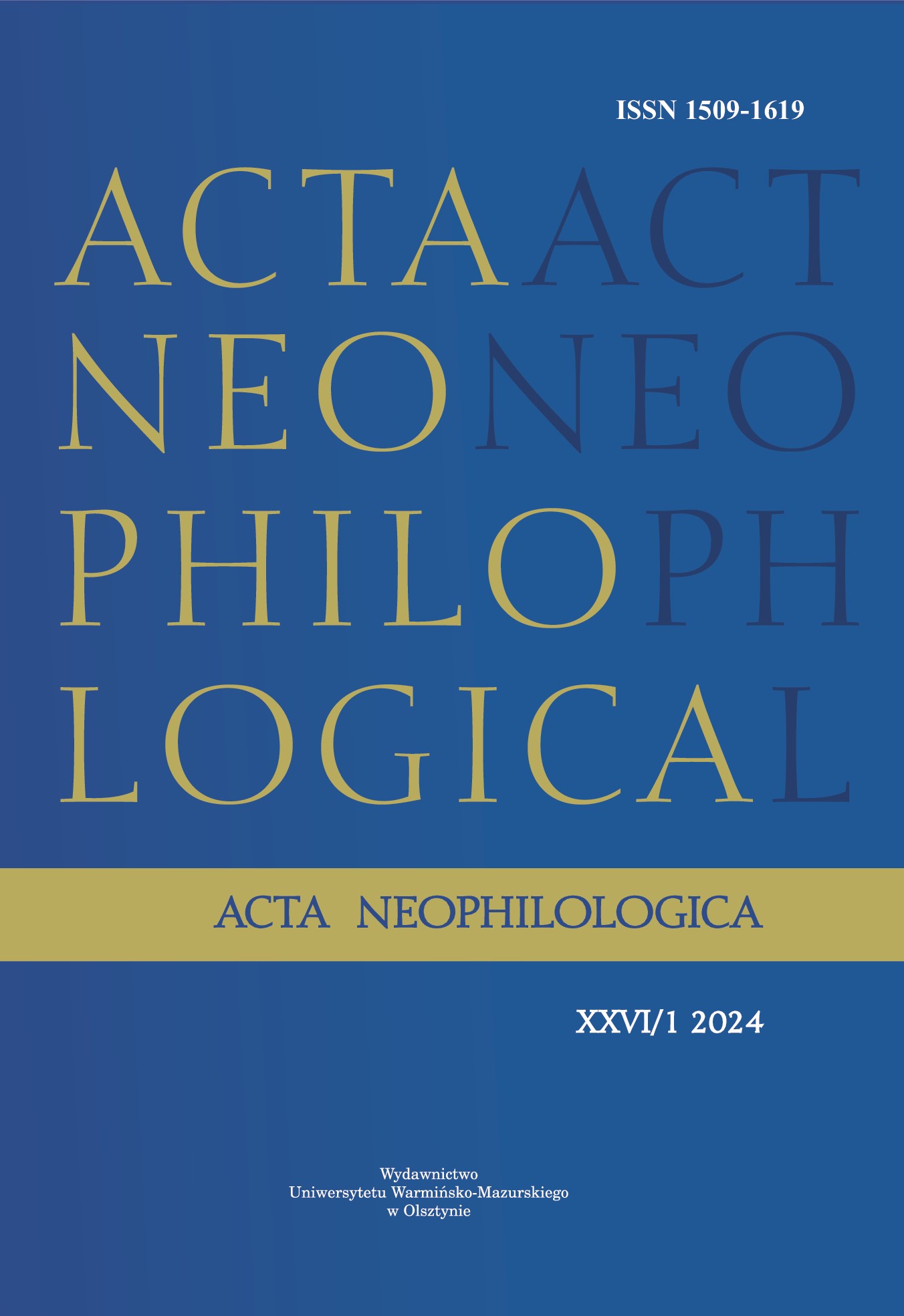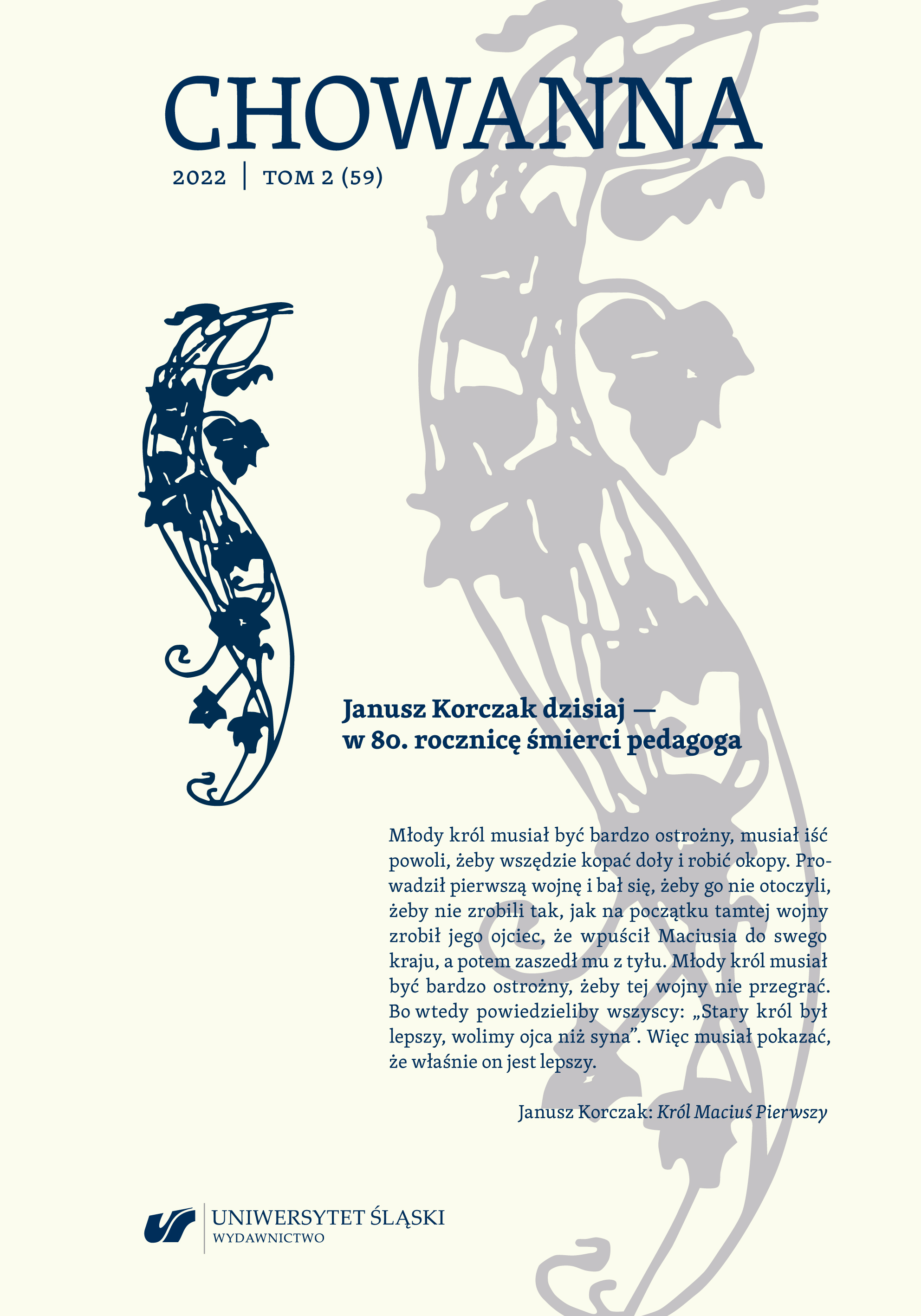
Duchowość w ujęciu Janusza Korczaka i Viktora Frankla Płaszczyzny spotkania
Prayer seems to have various functions in human life. In this paper,it has been presented as a verbal manifestation of spirituality, as a toolfor elaborating experience, for giving it meaning and finally as an immanentexpression of humanity. I consider this work as a place of creative meeting oftwo ideas, whose authors are Janusz Korczak and Viktor E. Frankl. It is a timidattempt to look at one author through the eyes of the other. The aim of thisarticle is to explore the mental representations of God as created in the mindsof the subjects who speak in Korczak’s work Sam na sam z Bogiem and, on thisbasis, to attempt to determine the function that prayer plays for them. It alsolooks at the notion of humanity and the role that spirituality, broadly defined,plays in its constitution.
More...
